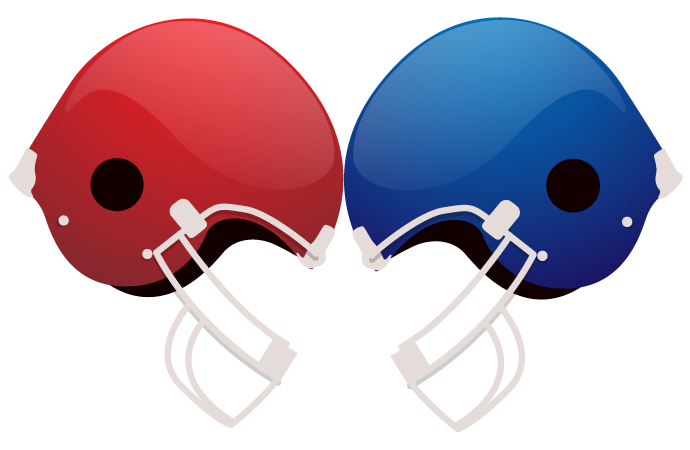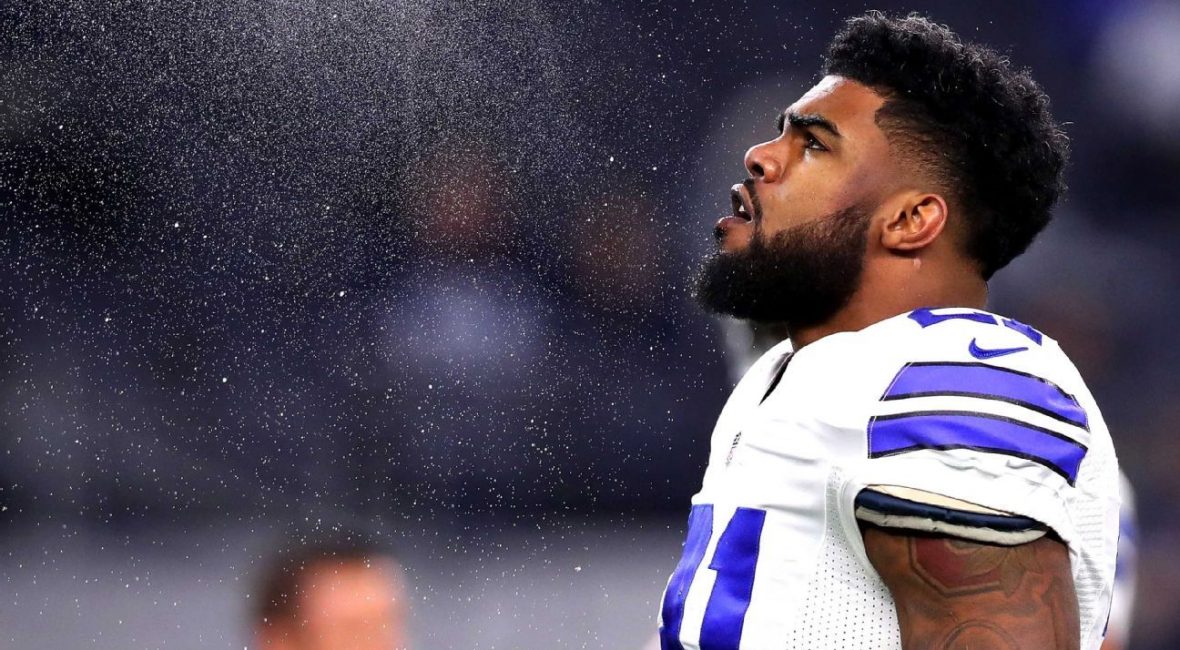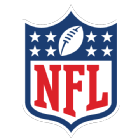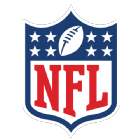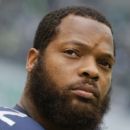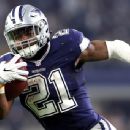The federal judge in the Ezekiel Elliott case just Richard Berman-ed the NFL. You remember Berman, right? He was the U.S. District Court judge who temporarily sucked the air out of Deflategate, setting Tom Brady free to play the 2015 season while taking a sledgehammer to Roger Goodell’s union-bargained system of justice.
The judge this time around, U.S. District Judge Amos Mazzant might never again have to pay for lunch in Dallas (Berman famously won a lifetime supply of free Dunkin’ Donuts coffee in Maine) if Elliott plays the full season and helps the Cowboys win the Super Bowl for the first time in 22 years. Mazzant blasted the league by granting Elliott and the NFL Players Association a temporary restraining order and halting the implementation of the running back’s six-game suspension for allegedly assaulting a former girlfriend, ruling that the NFL was playing this game on a field tilted dramatically in its favor.
“Fundamental unfairness,” the judge wrote, “is present throughout the entire arbitration process. … The NFLPA was not given the opportunity to discharge its burden to show that Goodell’s decision was arbitrary and capricious. At every turn, Elliott and the NFLPA were denied the evidence or witnesses needed to meet their burden. Fundamental unfairness infected this case from the beginning, eventually killing any possibility that justice would be served. Accordingly, the Court finds that the NFLPA demonstrated a substantial likelihood of success on the merits.”
Ouch.
On one hand, Mazzant is right: This particular NFL process is broken. A system that assigns Goodell the roles of prosecutor, judge and jury just doesn’t work, and the league office and owners have to work with the players to ultimately settle on an independent overlord of discipline. But on the other hand, the union, the Cowboys and Jerry Jones — once Greg Hardy’s chief enabler — shouldn’t be doing any end zone dances over this courtroom victory.
Elliott had earned his punishment, and after committing so many unforced errors while confronting (or not confronting) domestic violence, the league did the right thing in sending a message to players that one term of employment, above all, must be understood:
If you assault a woman, your career will be dramatically altered in a negative way.
Josh Brown, the former Giants kicker, just got six games added to the one game he’d already served for allegedly abusing his wife. Perhaps the NFL blitzed Brown before this latest Elliott ruling to get a victory on the board, or to prove it treats players of all skill levels, races and team affiliations the same when it comes to domestic violence. Perhaps not.
Either way, let us remember the league’s letter to Elliott informing him of the suspension said it found “substantial and persuasive evidence” that the 6-foot, 225-pound running back engaged in violence against the 5-5, 120-pound Tiffany Thompson “on multiple occasions.” Though Robert Tobias, principal assistant city attorney in Columbus, Ohio, said criminal charges were never filed against Elliott because of a lack of sufficient corroborating evidence, he did tell the league: “We never concluded that she was lying to us. We didn’t think that she was lying to us. … We generally believed her for all of the incidents.”
Tobias said Thompson’s injuries were “consistent with what she said had happened. … I feel like something definitely happened here.”
Elliott has consistently denied ever striking, choking or pushing Thompson, and he claims that she told him, “You are a black, male athlete. I’m a white girl. They are not going to believe you.” Elliott also claimed that Thompson fabricated the abuse claims and threatened to ruin his life when their relationship unraveled. One of Elliott’s attorneys, Jeffrey Kessler, challenged her credibility by noting the league suspended his client based on three of the five incidents of abuse she cited over a week in July of last year.
“Why is that?” Kessler asked during the running back’s appeal hearing. “What you’re going to find is that the league itself did not believe her for two out of the five incidents the same week. Well, if she was lying about two out of the five incidents, that certainly doesn’t help the determination with respect to the three incidents they went forward with.”
Kia Roberts, the NFL’s director of investigations, was the league official who interviewed Thompson. Roberts also had concerns about Thompson’s credibility — the league found texts between Thompson and a friend in which they discussed the potential sale of sex tapes Thompson had of herself and Elliott and the possibility of extorting money from him — and would have advised against disciplining Elliott. Goodell never spoke directly with Roberts and instead relied on his senior VP/special counsel for investigations, Lisa Friel, and his circle of outside advisers. He then made his decision, opening the door for the federal judge, Mazzant, to assail the process and grant the restraining order. But it was more a question of process than evidence.
Thompson reminded everyone who has followed this case that there is no such thing as a perfect witness. But that doesn’t mean she wasn’t a victim of domestic violence. It’s still awfully hard to read the NFL’s report and the appeal hearing transcript and come away believing her former boyfriend never assaulted her.
And assaulting a woman even one time is worth six games, and the public shaming that goes along with it.
Elliott compromised his own credibility in this case in March, when he was seen on video at a St. Patrick’s Day parade in Dallas pulling down a woman’s shirt to expose and touch her breast. (He would say in his appeal hearing that the woman later consented to have sex with him, as if that rendered his behavior at the parade acceptable.) For Elliott to act like this, while under league investigation for allegedly assaulting another woman, is to strongly suggest he doesn’t get it, and maybe never will.
But now this great football player gets to play Sunday night’s season opener against the New York Giants — and maybe the rest of the season — for the most recognizable American football team on the planet. It’s yet another legal defeat for the NFL and Goodell. But it’s a defeat of process. It’s not a defeat of intent.
In her original Instagram post — complete with photos showing her bruises — Thompson said the abuse “has been happening to me for months and it finally got out of control to where I was picked up and thrown across the room by my arms. Thrown into walls. Being choked to where I have to gasp for breath. Bruised everywhere, mentally and physical abused.”
After the sickening episodes involving Ray Rice, Hardy and Brown, the league had to make this stand. And now the league has to fight this case to the figurative death in the courts and continue making this necessary point:
If you hit a woman, your NFL career will end up getting seriously hurt.

